A refreshed Fulham house balances its history with a series of 21st-century interventions
A Fulham house project by Bureau de Change creates a 21st-century domestic haven through a series of contemporary interventions and a deep connection to the property's historical fabric

A Fulham house has been completely rethought through an extension and detailed renovation by Shoreditch-based architecture studio Bureau de Change. The project, set in leafy West London, has been carefully sculpted – both physically and symbolically – to create a spatial experience that both improves the owners' life and the routes through their home and its connection to the outdoors – namely the property's green, rear garden.

Discover this Fulham house by Bureau de Change
A textured, sculptural rear addition and the way it flows into the verdant outdoors through extensive glazing sit at the heart of the residential reimagining. The extension was designed using a series of pre-fabricated moulding details which were found 'in a historical joinery catalogue from a local craftsman that operated in the area during the Victorian times,' the architects explain. This not only brings the home to the 21st century but also links it back to the region's history and rich craftsmanship.
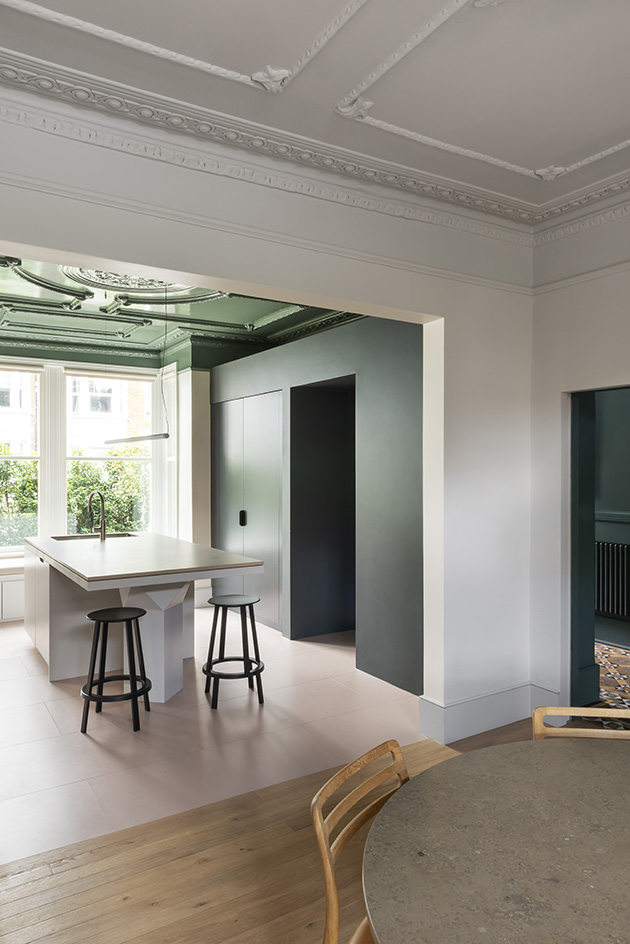
What would have typically been period, three-dimensional mouldings have now been re-interpreted using brick. 'The pattern that emerged by rotating or mirroring the bricks created a sense of movement and texture visible from every angle,' says studio co-founder Katerina Dionysopoulou, who leads the practice with business partner and co-founder Billy Mavropoulos. This tactile skin defines the home's materiality and creates a dialogue with the richly planted garden beyond.
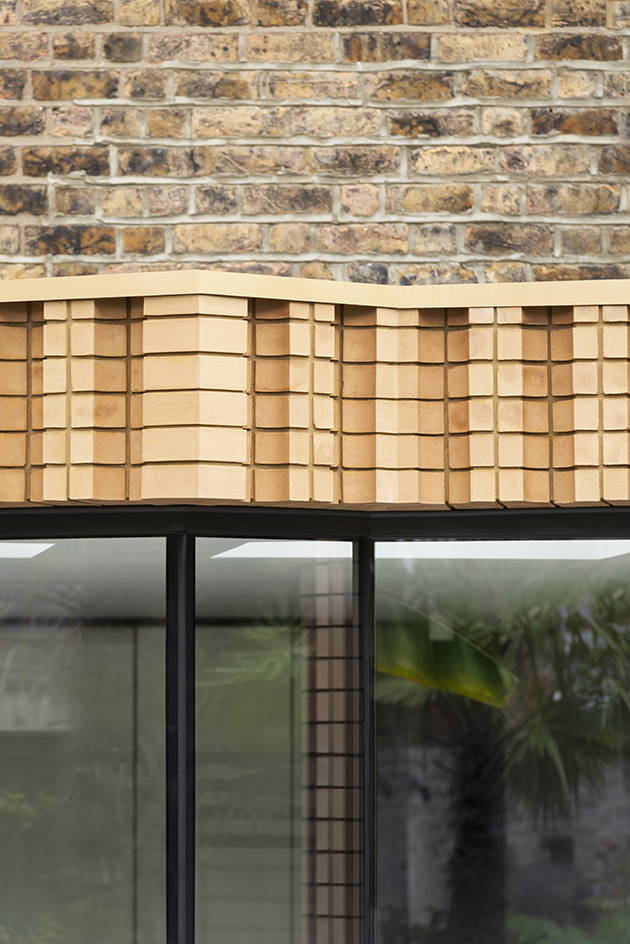
Meanwhile, inside, the interior has been refreshed, using colour to define specific paths within. A dark blue entrance, illuminated with a dramatic double-height void above, cutting through the upper level, leads to a lighter, desaturated kitchen. Bespoke stone surfaces and a central island underline the room's spatial generosity. An even lighter dining area off the main kitchen space completes the trajectory towards the sunlight and the outdoors.
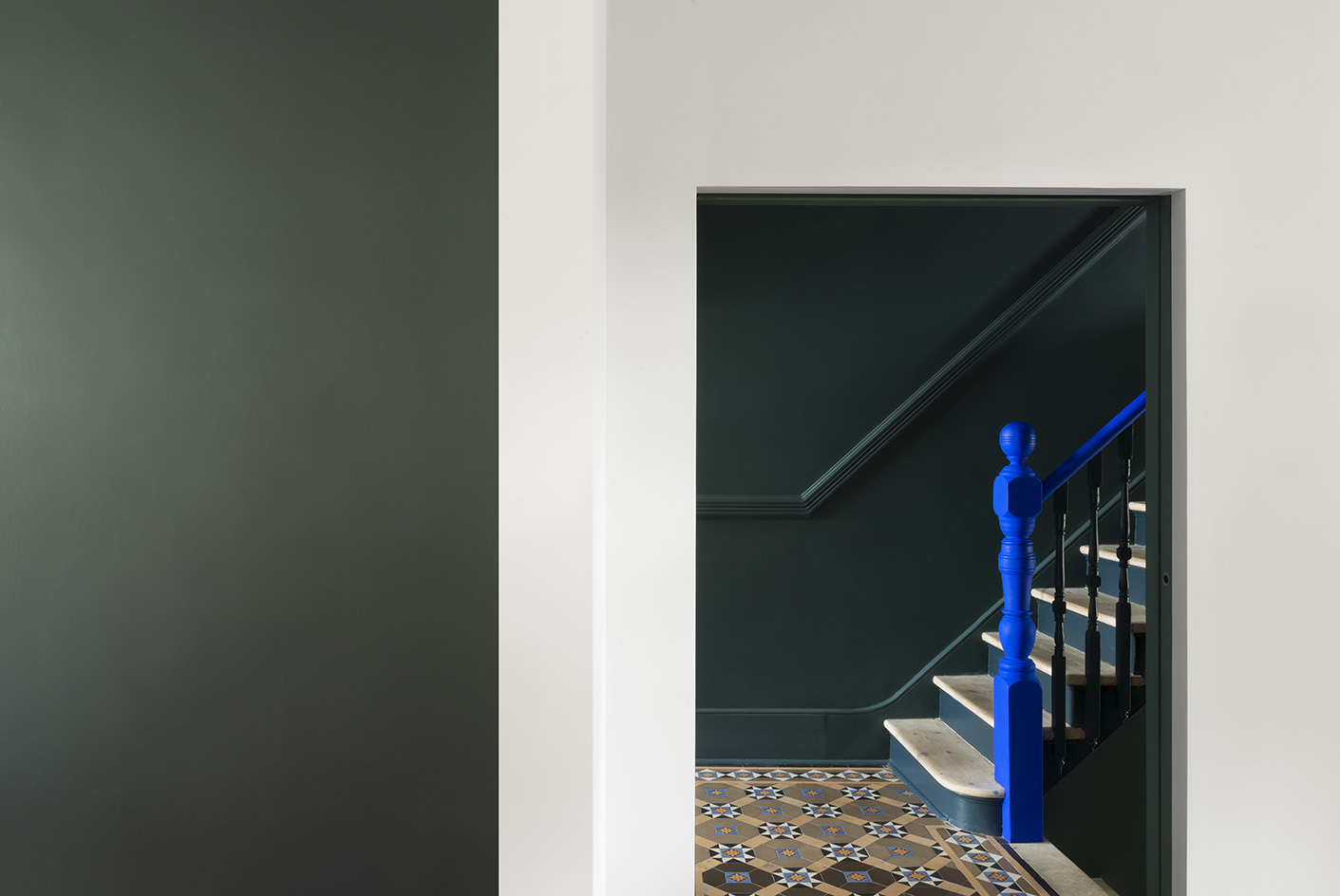
Mavropoulos explains: 'We wanted to complement the original ornate features of the house with sculptural and material surprises in each space. The hard lines and metallic finish of the central volume that binds the living spaces together are softened by the surrounding Victorian ceilings enrichments, warm flooring materials and subtle reflections of the garden.'
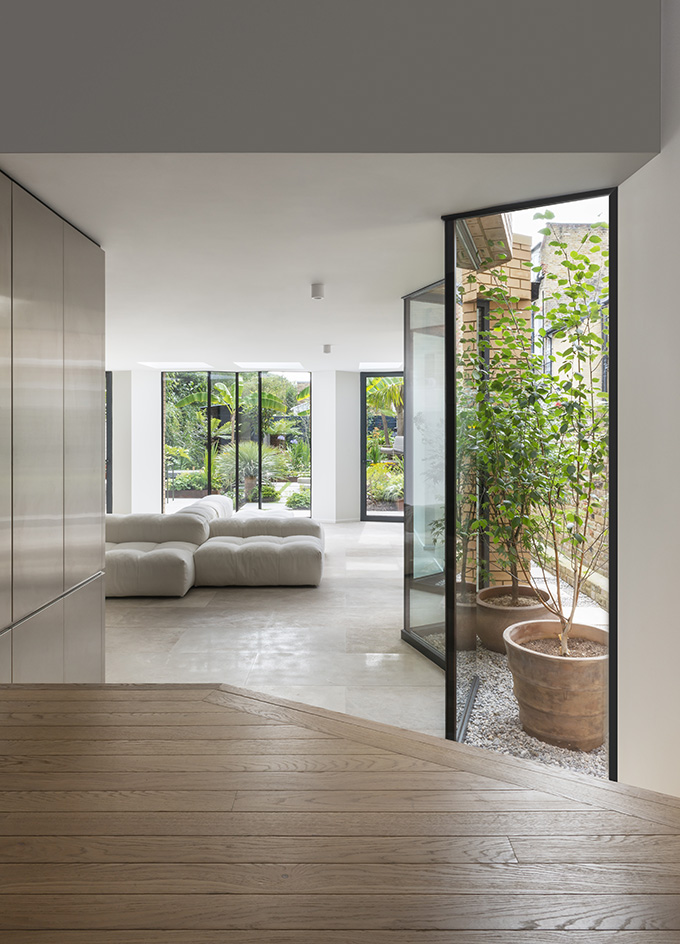
Alongside these modern interventions, historic elements have been carefully restored - from the Victorian tiling and stained glass windows to elaborate ceiling mouldings and timber floor boards throughout; making this a truly contemporary residential refresh.
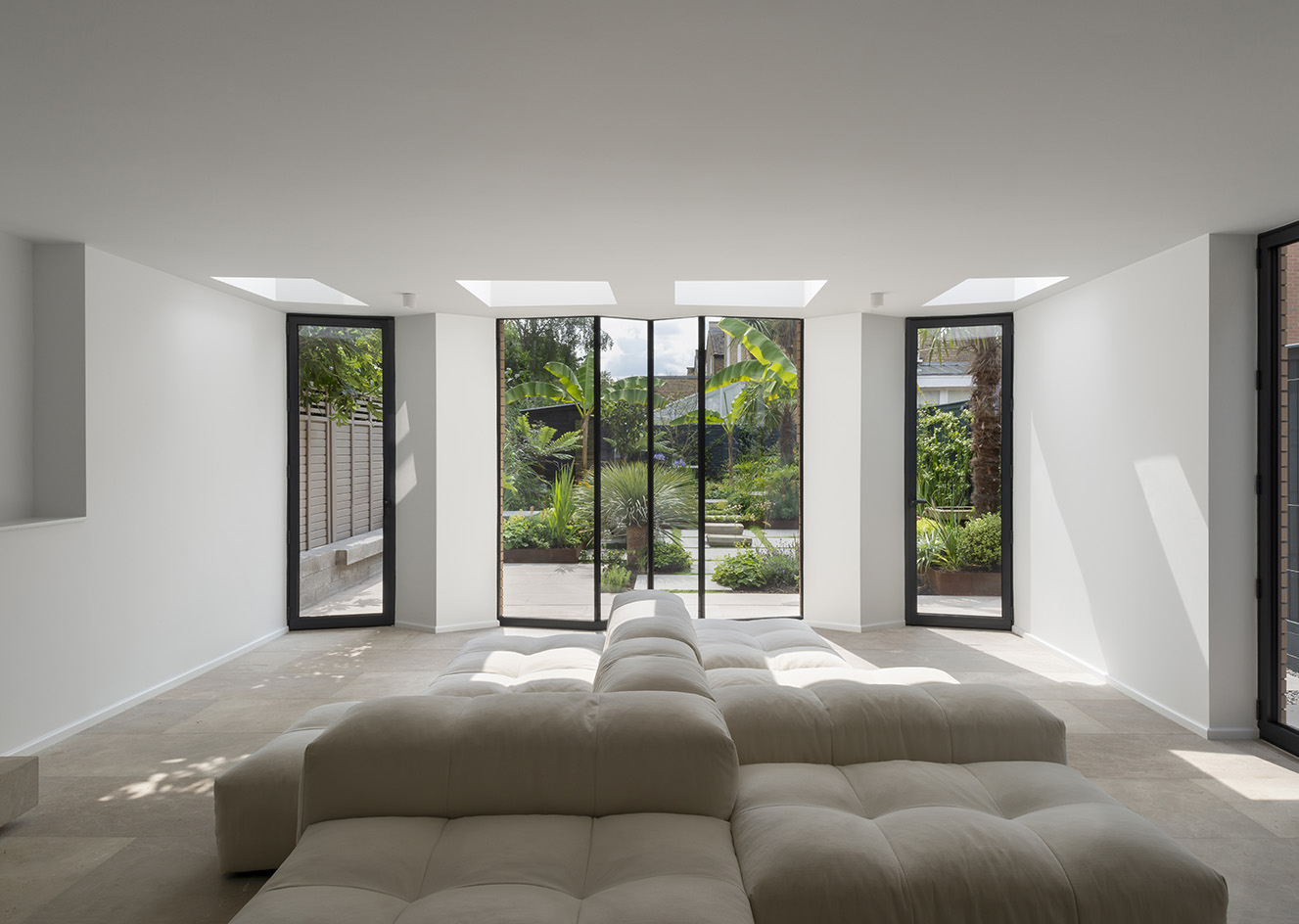
Receive our daily digest of inspiration, escapism and design stories from around the world direct to your inbox.
Ellie Stathaki is the Architecture & Environment Director at Wallpaper*. She trained as an architect at the Aristotle University of Thessaloniki in Greece and studied architectural history at the Bartlett in London. Now an established journalist, she has been a member of the Wallpaper* team since 2006, visiting buildings across the globe and interviewing leading architects such as Tadao Ando and Rem Koolhaas. Ellie has also taken part in judging panels, moderated events, curated shows and contributed in books, such as The Contemporary House (Thames & Hudson, 2018), Glenn Sestig Architecture Diary (2020) and House London (2022).
-
 Year in Review: we’re always after innovations that interest us – here are ten of 2025’s best
Year in Review: we’re always after innovations that interest us – here are ten of 2025’s bestWe present ten pieces of tech that broke the mould in some way, from fresh takes on guitar design, new uses for old equipment and the world’s most retro smartwatch
-
 Art and culture editor Hannah Silver's top ten interviews of 2025
Art and culture editor Hannah Silver's top ten interviews of 2025Glitching, coding and painting: 2025 has been a bumper year for art and culture. Here, Art and culture editor Hannah Silver selects her favourite moments
-
 In Norway, remoteness becomes the new luxury
In Norway, remoteness becomes the new luxuryAcross islands and fjords, a new wave of design-led hideaways is elevating remoteness into a refined, elemental form of luxury
-
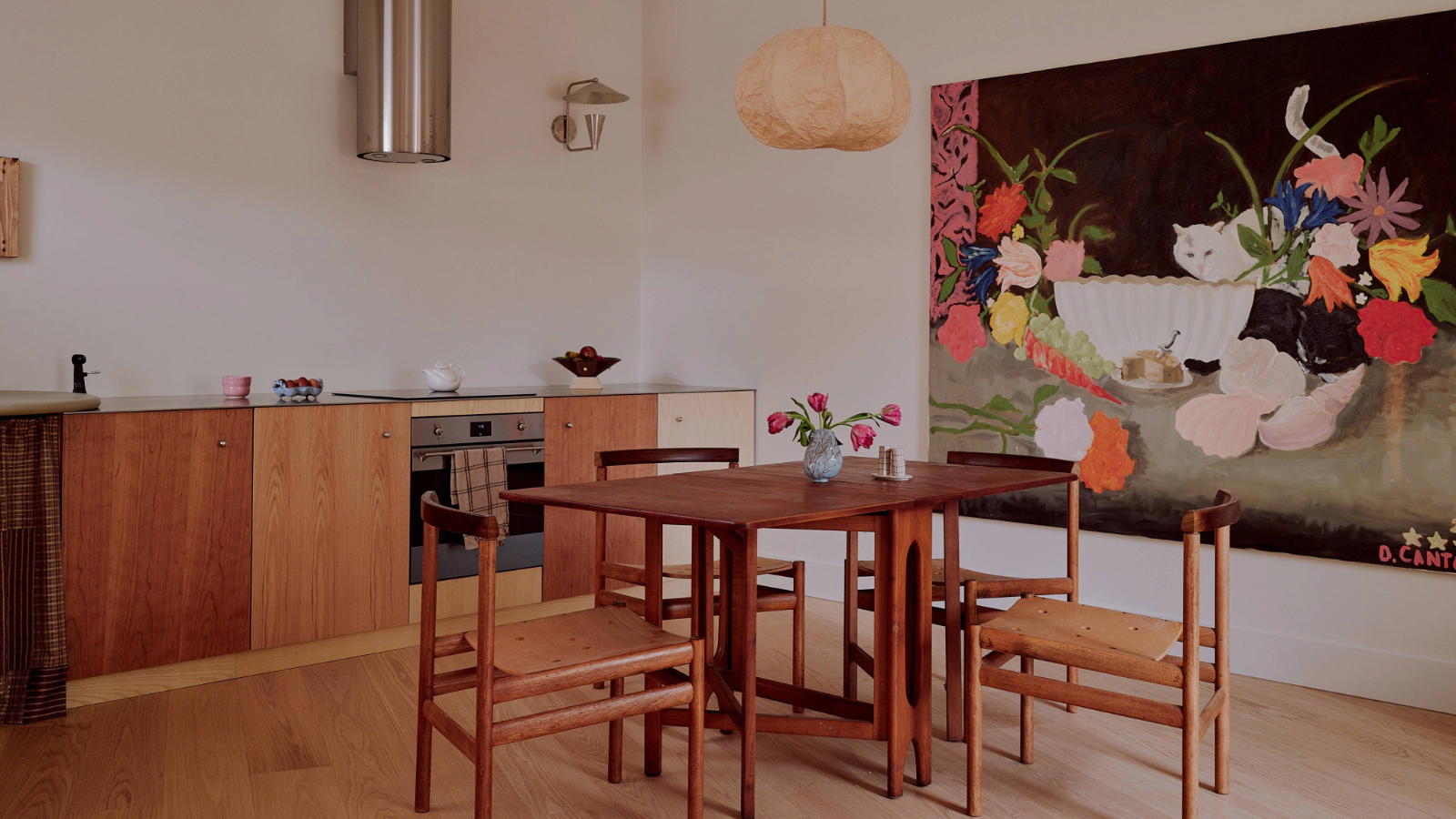 This curved brick home by Flawk blends quiet sophistication and playful details
This curved brick home by Flawk blends quiet sophistication and playful detailsDistilling developer Flawk’s belief that architecture can be joyful, precise and human, Runda brings a curving, sculptural form to a quiet corner of north London
-
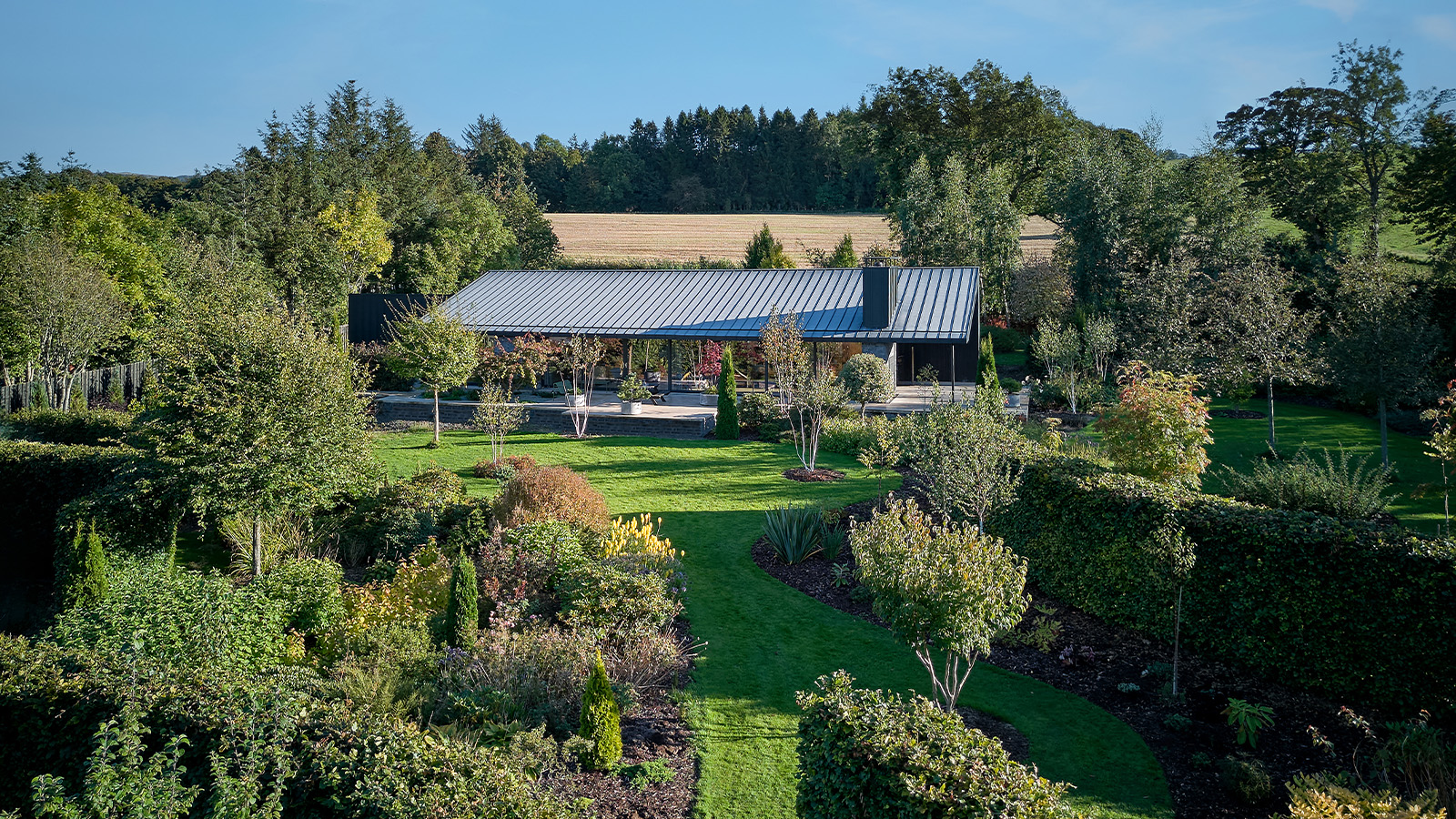 A compact Scottish home is a 'sunny place,' nestled into its thriving orchard setting
A compact Scottish home is a 'sunny place,' nestled into its thriving orchard settingGrianan (Gaelic for 'sunny place') is a single-storey Scottish home by Cameron Webster Architects set in rural Stirlingshire
-
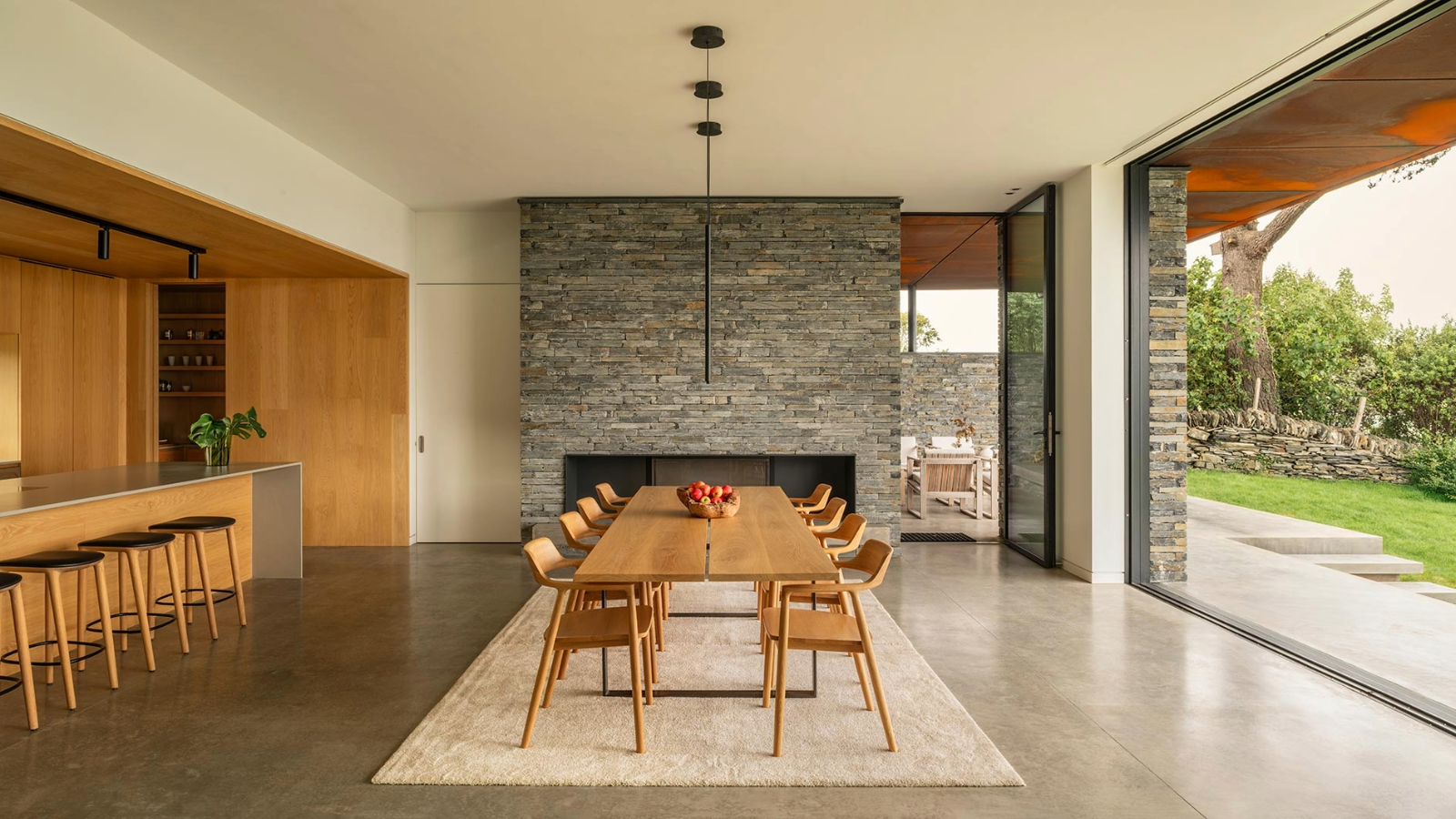 Porthmadog House mines the rich seam of Wales’ industrial past at the Dwyryd estuary
Porthmadog House mines the rich seam of Wales’ industrial past at the Dwyryd estuaryStröm Architects’ Porthmadog House, a slate and Corten steel seaside retreat in north Wales, reinterprets the area’s mining and ironworking heritage
-
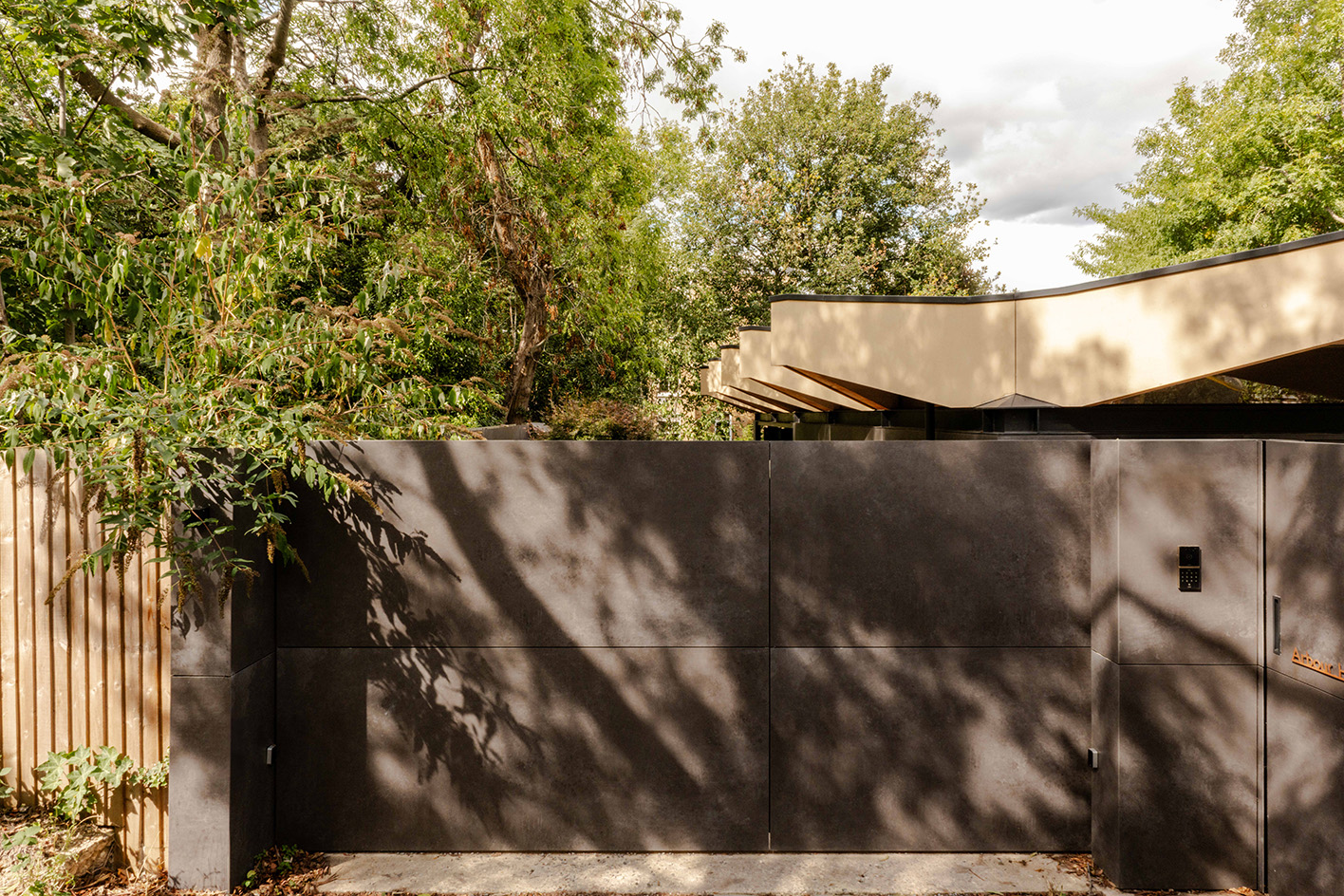 Arbour House is a north London home that lies low but punches high
Arbour House is a north London home that lies low but punches highArbour House by Andrei Saltykov is a low-lying Crouch End home with a striking roof structure that sets it apart
-
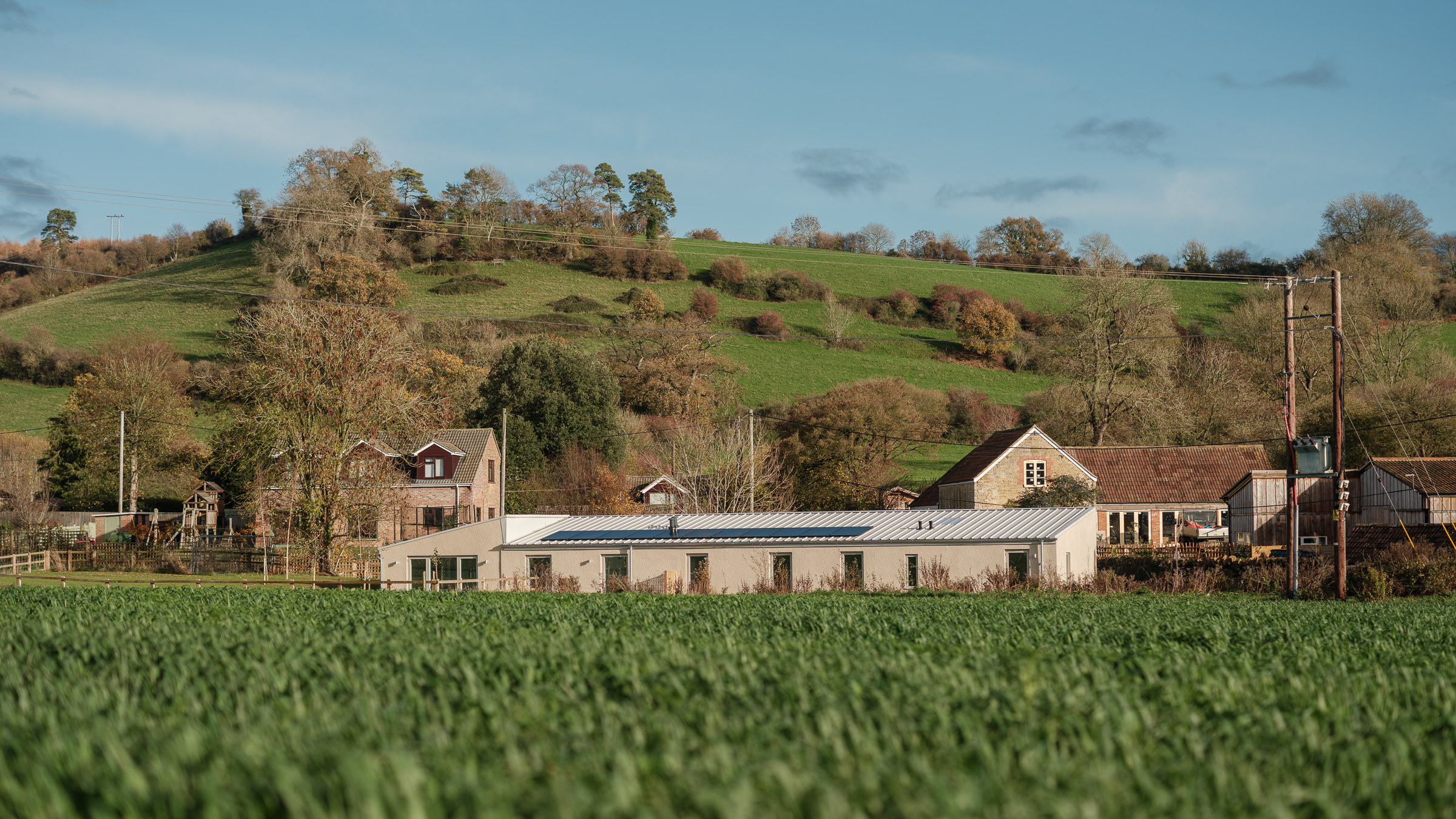 A former agricultural building is transformed into a minimal rural home by Bindloss Dawes
A former agricultural building is transformed into a minimal rural home by Bindloss DawesZero-carbon design meets adaptive re-use in the Tractor Shed, a stripped-back house in a country village by Somerset architects Bindloss Dawes
-
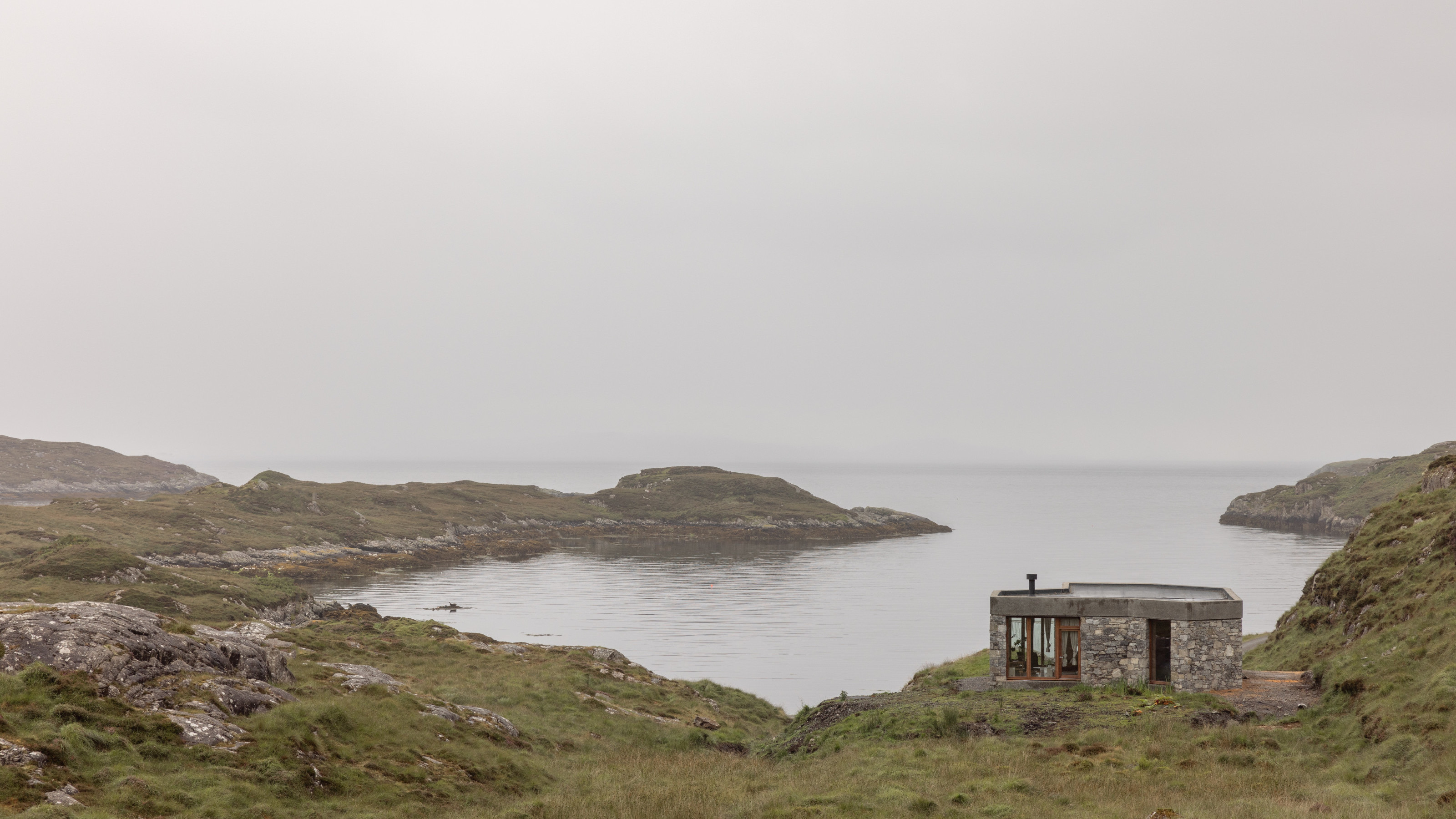 RIBA House of the Year 2025 is a ‘rare mixture of sensitivity and boldness’
RIBA House of the Year 2025 is a ‘rare mixture of sensitivity and boldness’Topping the list of seven shortlisted homes, Izat Arundell’s Hebridean self-build – named Caochan na Creige – is announced as the RIBA House of the Year 2025
-
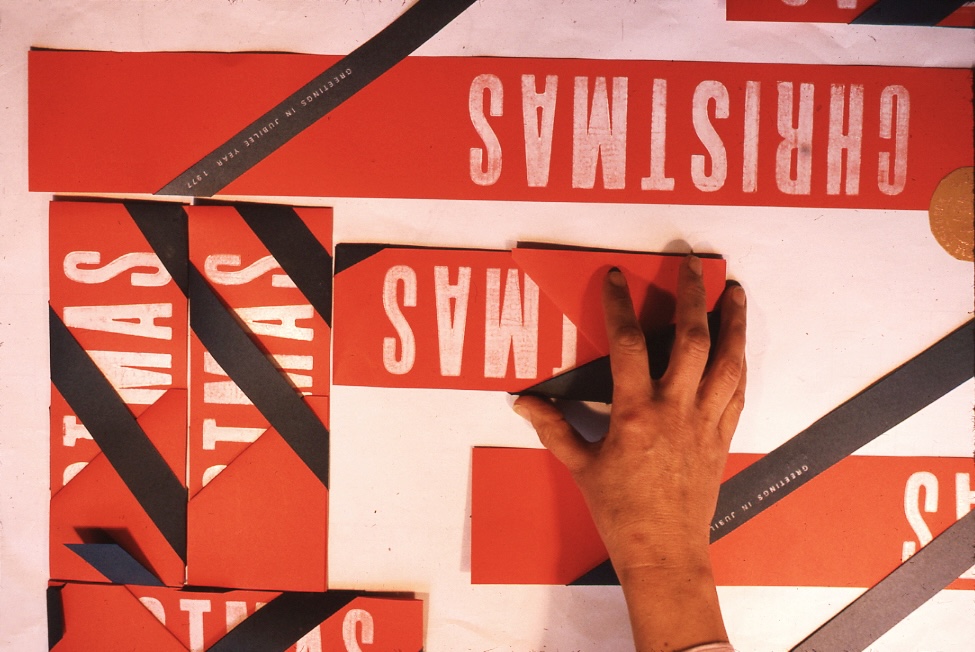 In addition to brutalist buildings, Alison Smithson designed some of the most creative Christmas cards we've seen
In addition to brutalist buildings, Alison Smithson designed some of the most creative Christmas cards we've seenThe architect’s collection of season’s greetings is on show at the Roca London Gallery, just in time for the holidays
-
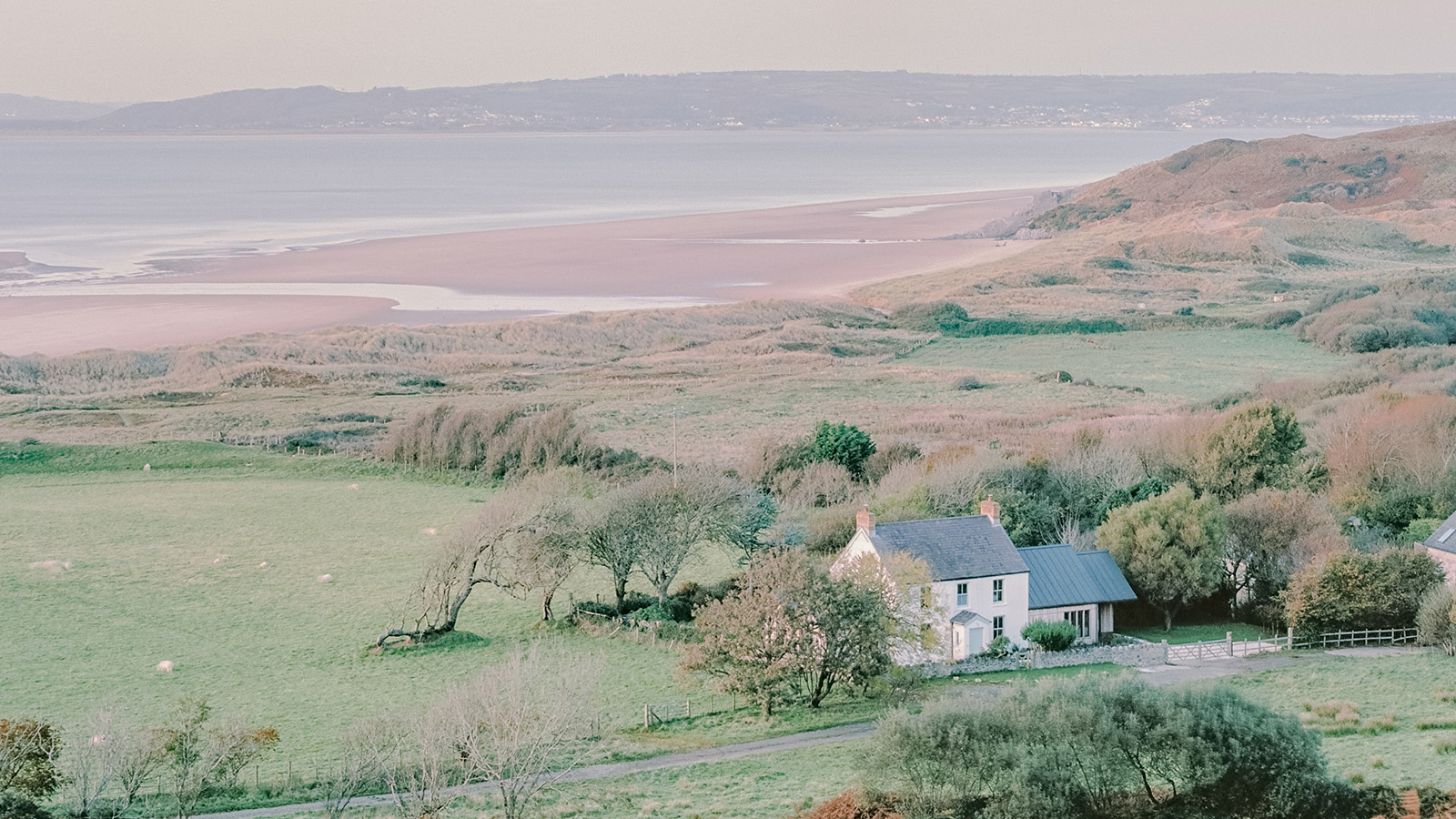 In South Wales, a remote coastal farmhouse flaunts its modern revamp, primed for hosting
In South Wales, a remote coastal farmhouse flaunts its modern revamp, primed for hostingA farmhouse perched on the Gower Peninsula, Delfyd Farm reveals its ground-floor refresh by architecture studio Rural Office, which created a cosy home with breathtaking views